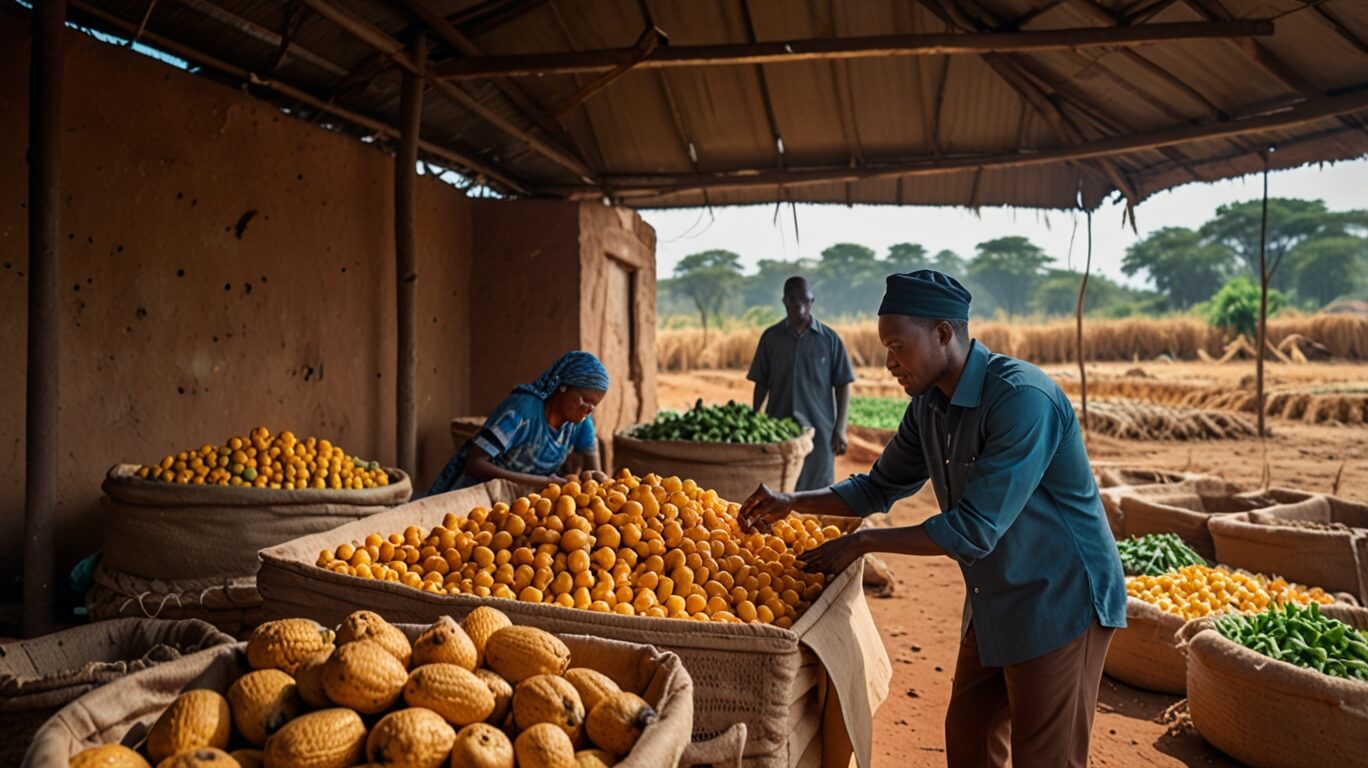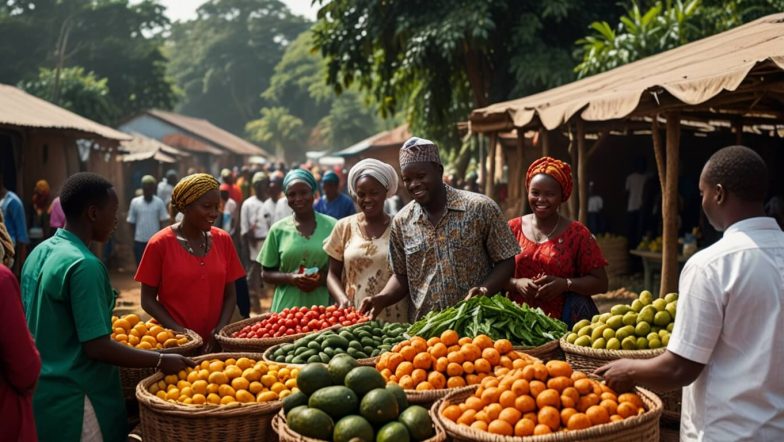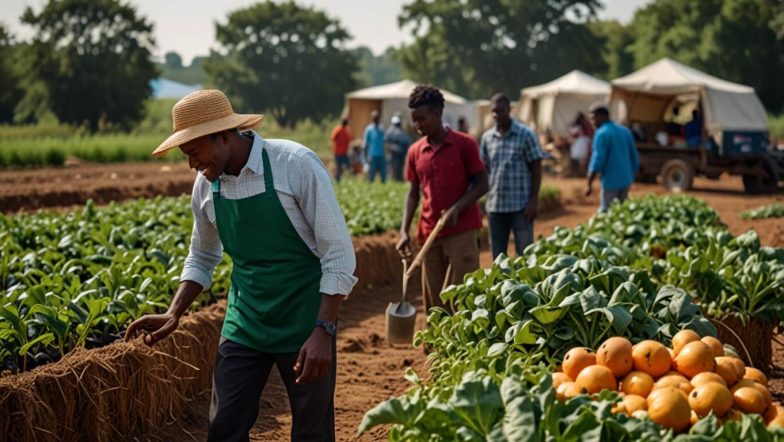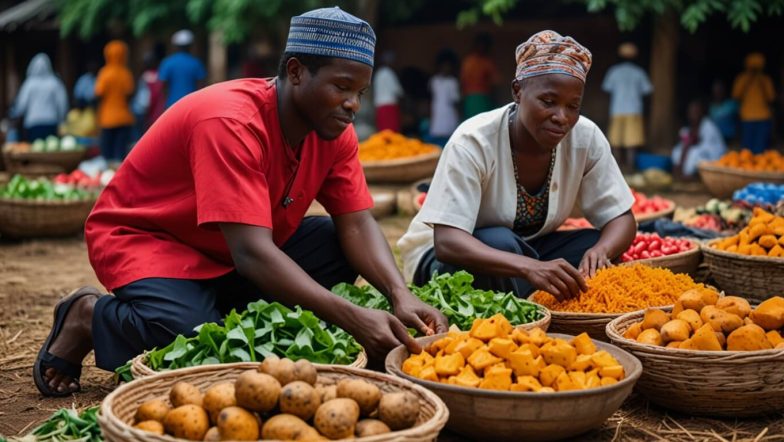Food security remains one of the most pressing challenges facing Africa today. Despite the continent’s vast agricultural potential, millions of people still suffer from hunger and malnutrition. One of the key factors contributing to this paradox is post-harvest food loss—a problem that not only undermines food security but also wastes valuable resources and stifles economic growth. Addressing this issue is critical to ensuring a sustainable and resilient food supply for Africa’s growing population.
Post-harvest food loss refers to the decrease in quantity or quality of food from harvest to consumption. In Sub-Saharan Africa, post-harvest losses are alarmingly high.
Estimates indicate that up to 30-50% of harvested grains are lost before reaching consumers, primarily due to inadequate storage, pest infestations, and spoilage. These losses represent a waste of resources such as water, energy, and labor. For smallholder farmers, who make up the majority of Africa’s agricultural workforce, post-harvest losses can mean the difference between profitability and poverty. Reducing these losses is therefore essential to improving livelihoods, enhancing food security, and promoting sustainable development.
Causes of Post-Harvest Food Loss
The causes of post-harvest food loss in Africa are multifaceted and often interconnected. Poor storage facilities, inadequate transportation infrastructure, and limited access to modern processing technologies are among the primary contributors.
For example, many farmers rely on traditional storage methods, such as open-air drying or rudimentary granaries, which leave crops vulnerable to pests, mold, and spoilage.
Climate change exacerbates these challenges, as rising temperatures and unpredictable weather patterns increase the risk of crop damage and spoilage.
Additionally, a lack of access to markets and information often forces farmers to sell their produce at low prices immediately after harvest, leaving them with little incentive to invest in better storage or processing solutions.
Solutions and Innovations
Addressing post-harvest food loss requires a holistic approach that combines technological innovation, infrastructure development, and capacity building.
- Improved storage solutions: Implementing affordable and effective storage technologies, such as hermetic bags and solar-powered cooling facilities, can significantly reduce spoilage.
- Infrastructure development: Enhancing transportation networks and market facilities ensures that produce reaches consumers more efficiently, minimizing losses due to delays and mishandling.
- Capacity building and education: Training farmers in post-harvest handling, storage techniques, and the use of innovative technologies empowers them to preserve more of their harvest.
- Policy and investment: Governments and stakeholders must prioritize policies that support post-harvest loss reduction, including investments in research, infrastructure, and market access.
A Call to Action
In a world where millions go hungry every day, wasting food is simply unacceptable. For Africa, addressing this issue is critical to achieving food security, reducing poverty, and building resilient communities. Businesses, governments, and individuals all have a role to play in this effort. By embracing a combination of technological innovation, infrastructure development, education, and supportive policies, Africa can make significant strides toward a more sustainable and resilient food system.
The time to act is now. Together, we can turn the tide on post-harvest food loss and create a future where no one goes hungry.






